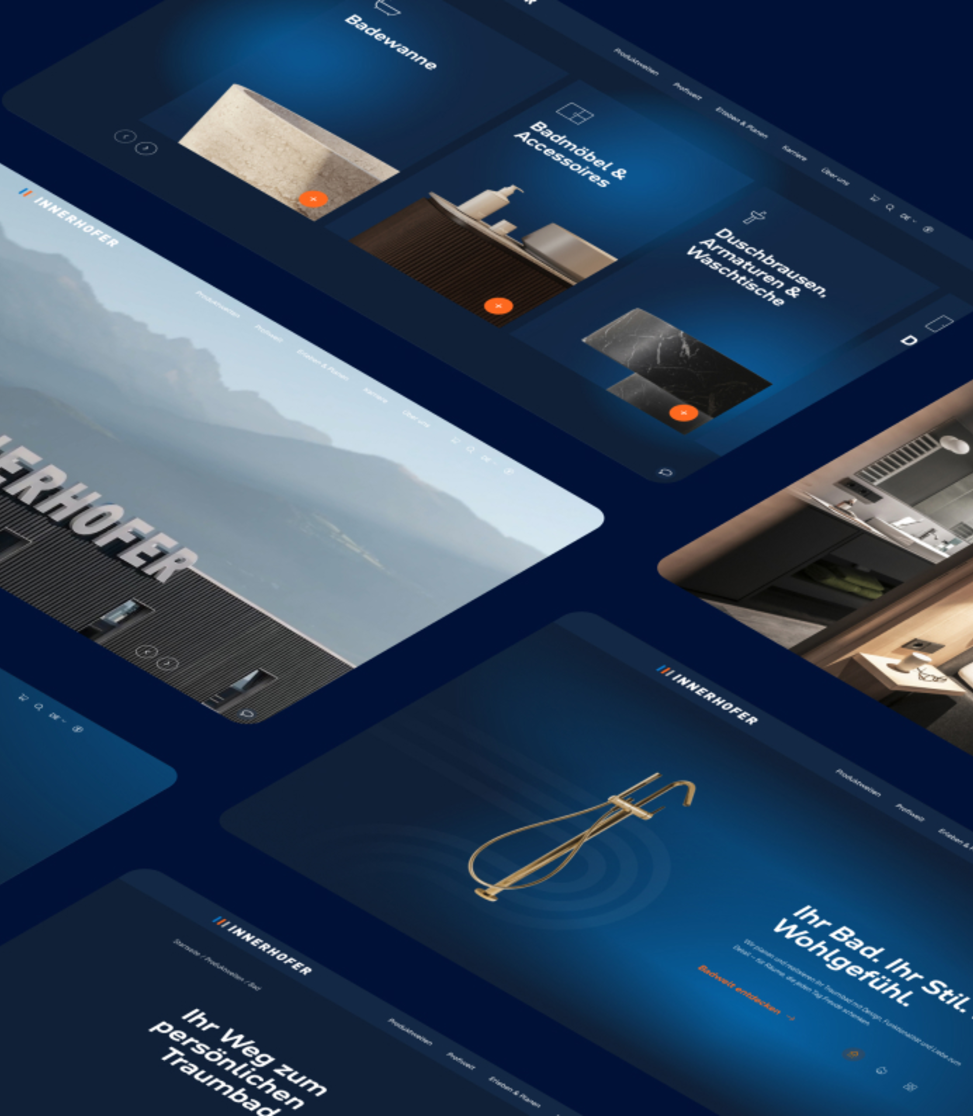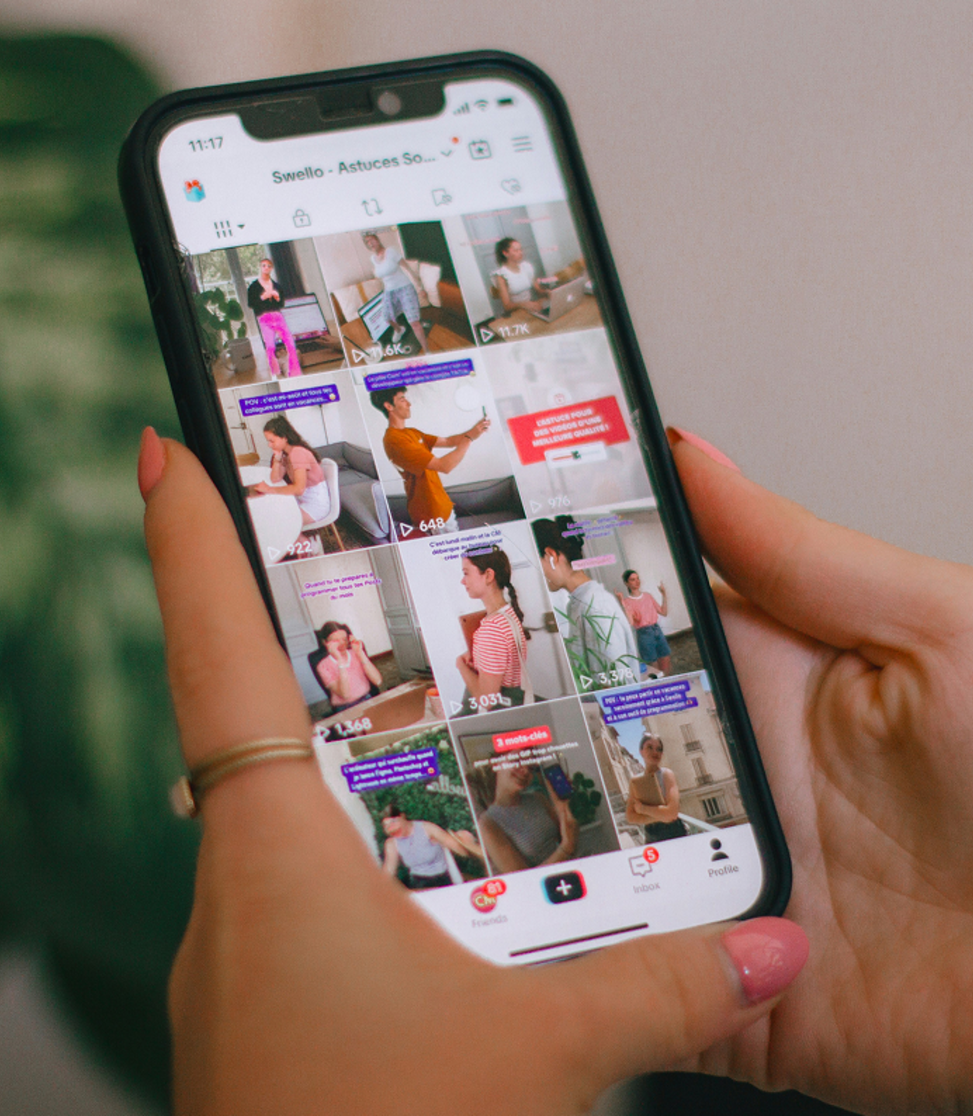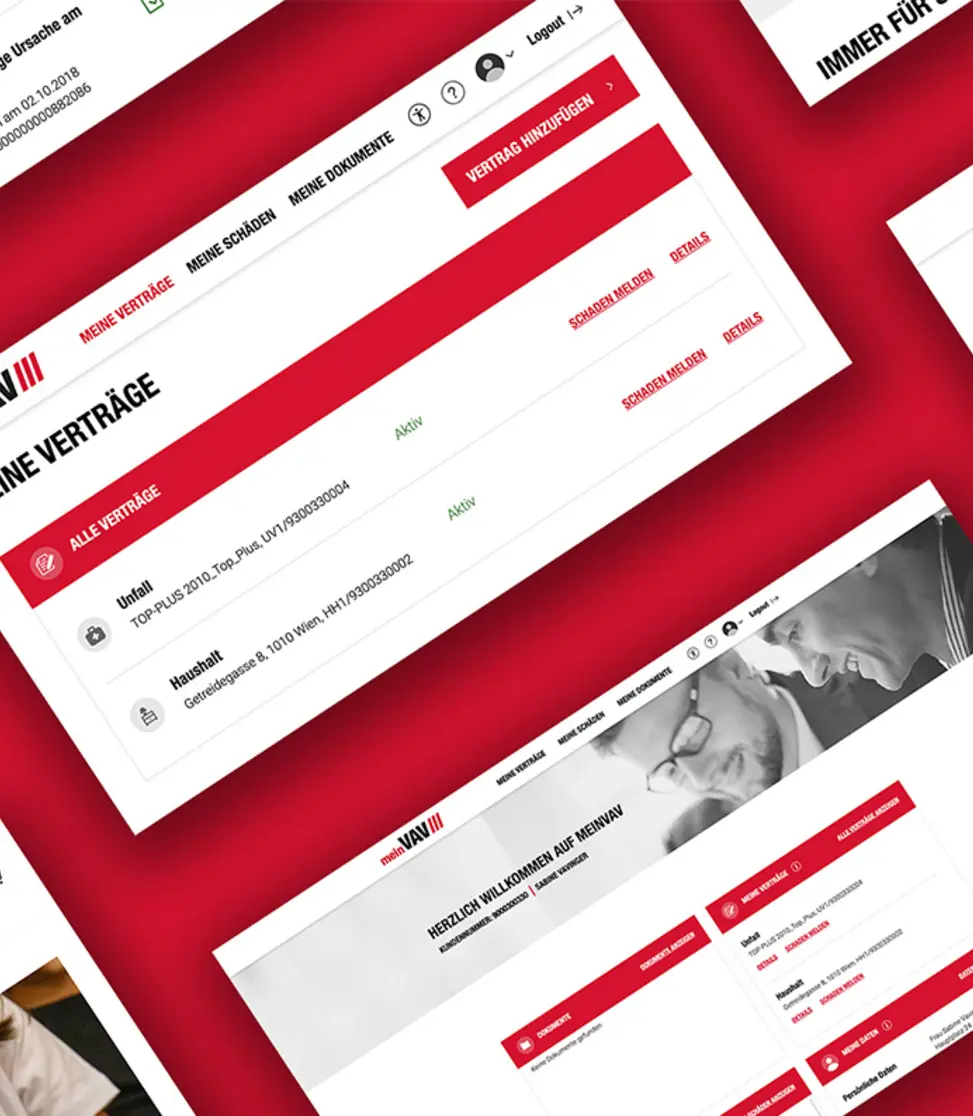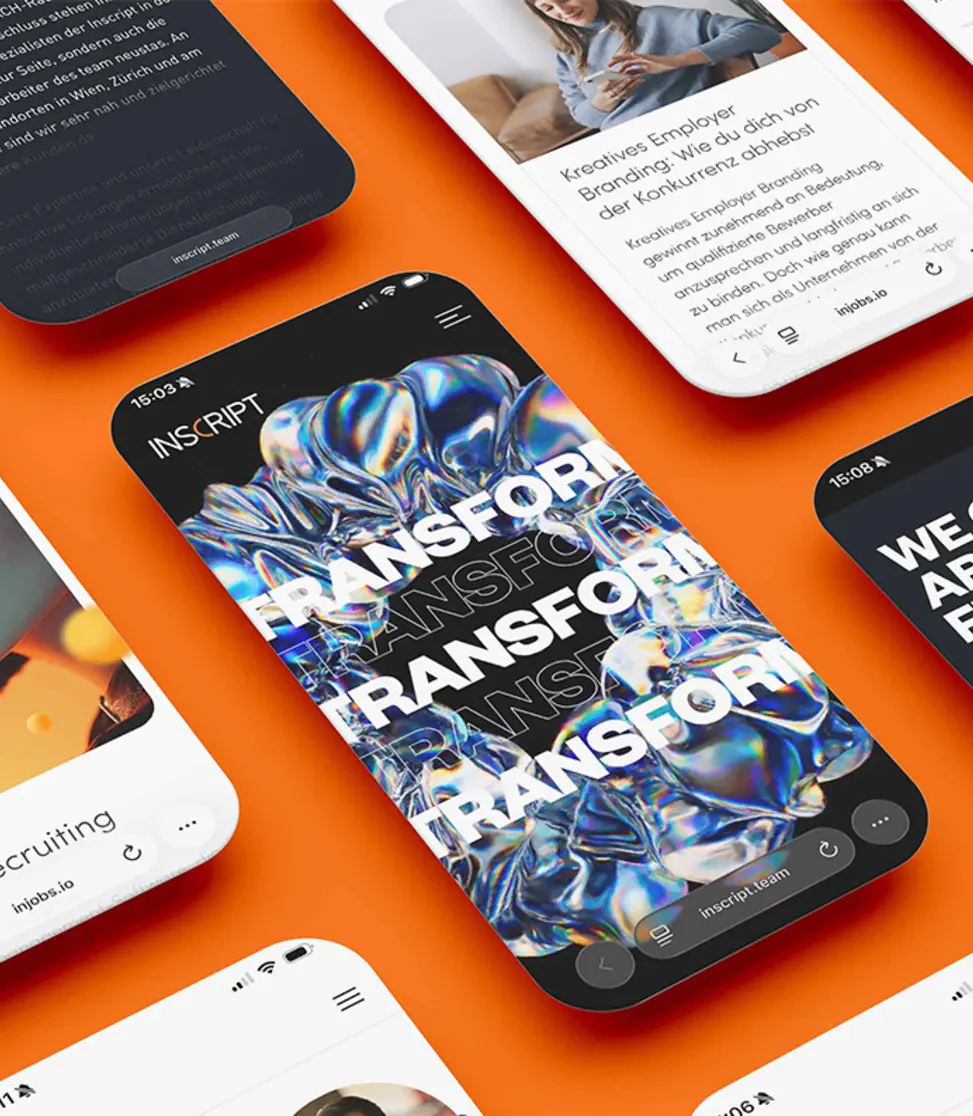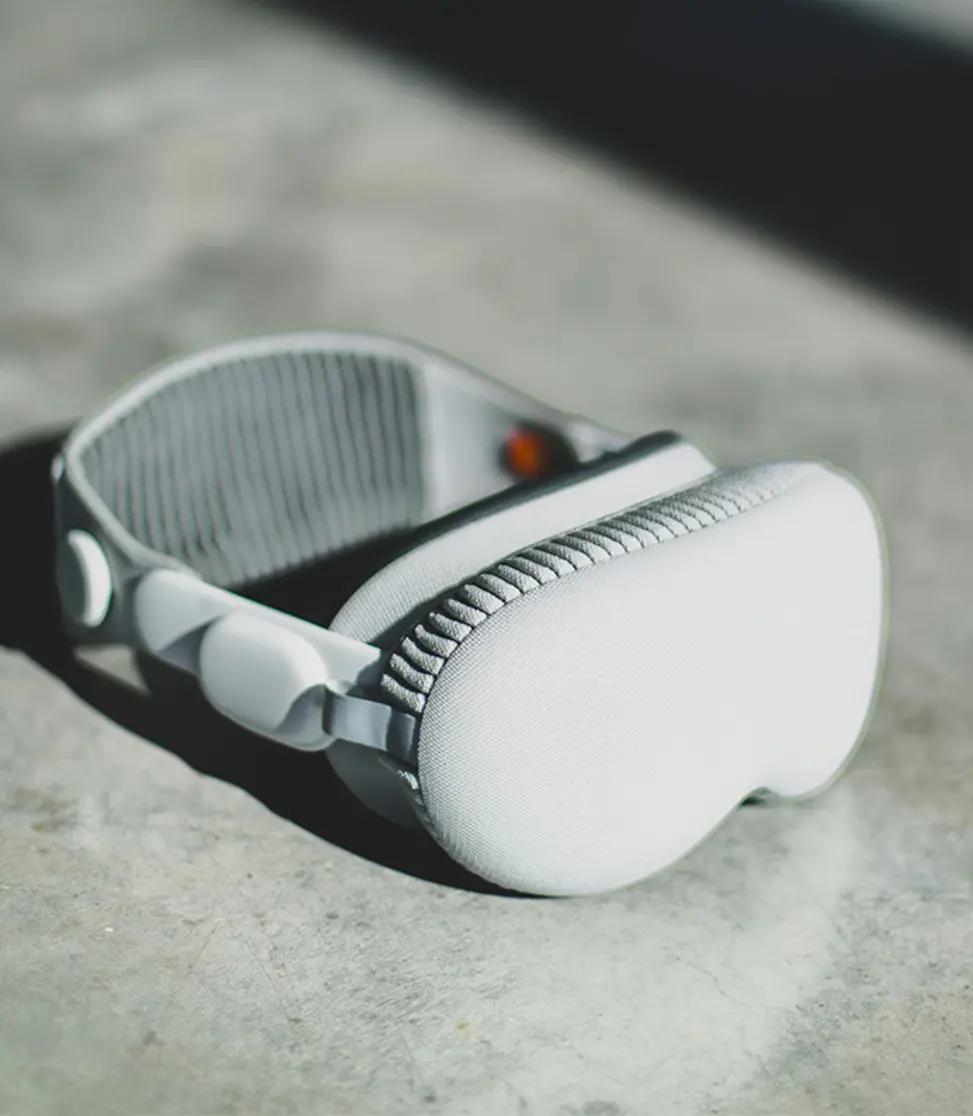


Digital Twin
Digital twins are among the most exciting developments in digitalization. They make it possible to virtually replicate physical objects, machines, or entire systems—linked in real time with data from the real world. Unlike conventional simulations, they provide a dynamic mirror image of their physical counterparts, thus enabling a new dimension of analysis, monitoring, and optimization. Companies use digital twins to simulate workflows, improve processes, and predict errors or failures before they occur.
Looking to the future
What still seems like a futuristic concept today is becoming standard practice in many industries: the automotive industry, construction, medicine, urban planning—all benefit from the use of digital twins. Those who embrace this technology early on will secure a clear competitive advantage in an increasingly data-driven world. In addition, issues such as cybersecurity and data protection are becoming increasingly important, as greater connectivity and real-time data also give rise to new risks.
Frequently Asked Questions
FAQ
A digital twin is a virtual representation of a real object, process, or system. This model is continuously linked to real-time data from sensors or software to monitor and simulate the condition, behavior, or performance of the original.
Example: A production machine is digitally mirrored to identify maintenance requirements at an early stage or to make processes more efficient.
Digital twins are being used in more and more areas:
Industry & manufacturing: Simulation of production processes and quality control.
Construction & infrastructure: Planning and monitoring of buildings or entire cities.
Healthcare: Creation of virtual patient models for analyzing therapies.
Energy & environment: Optimization of power grids or wind farms.
Example: Siemens uses digital twins to optimize manufacturing processes in real time and reduce downtime.
Digital twins make it possible to test processes before they are implemented in real life, thereby reducing costs and minimizing risks. Companies also benefit from:
Greater efficiency through simulation and predictive maintenance.
Cost savings, as errors are detected early on.
Better decisions based on real-time data.
More sustainable use of resources, for example through optimized energy flows.
AI and IoT are the foundations of modern digital twins.
IoT sensors provide live data from the real world.
AI algorithms analyze this data and make predictions or optimization suggestions.
Example: In a smart building, AI can use the digital twin to automatically adjust the heating output to save energy.
In addition to the many advantages, there are also challenges:
Data protection & security: Large amounts of data must be protected against misuse.
High initial investment: Setup and integration require expertise and infrastructure.
Data quality: Only accurate and up-to-date data can produce realistic simulations.
Example: If sensor data is incomplete, the digital twin can deliver incorrect results and distort decisions.


